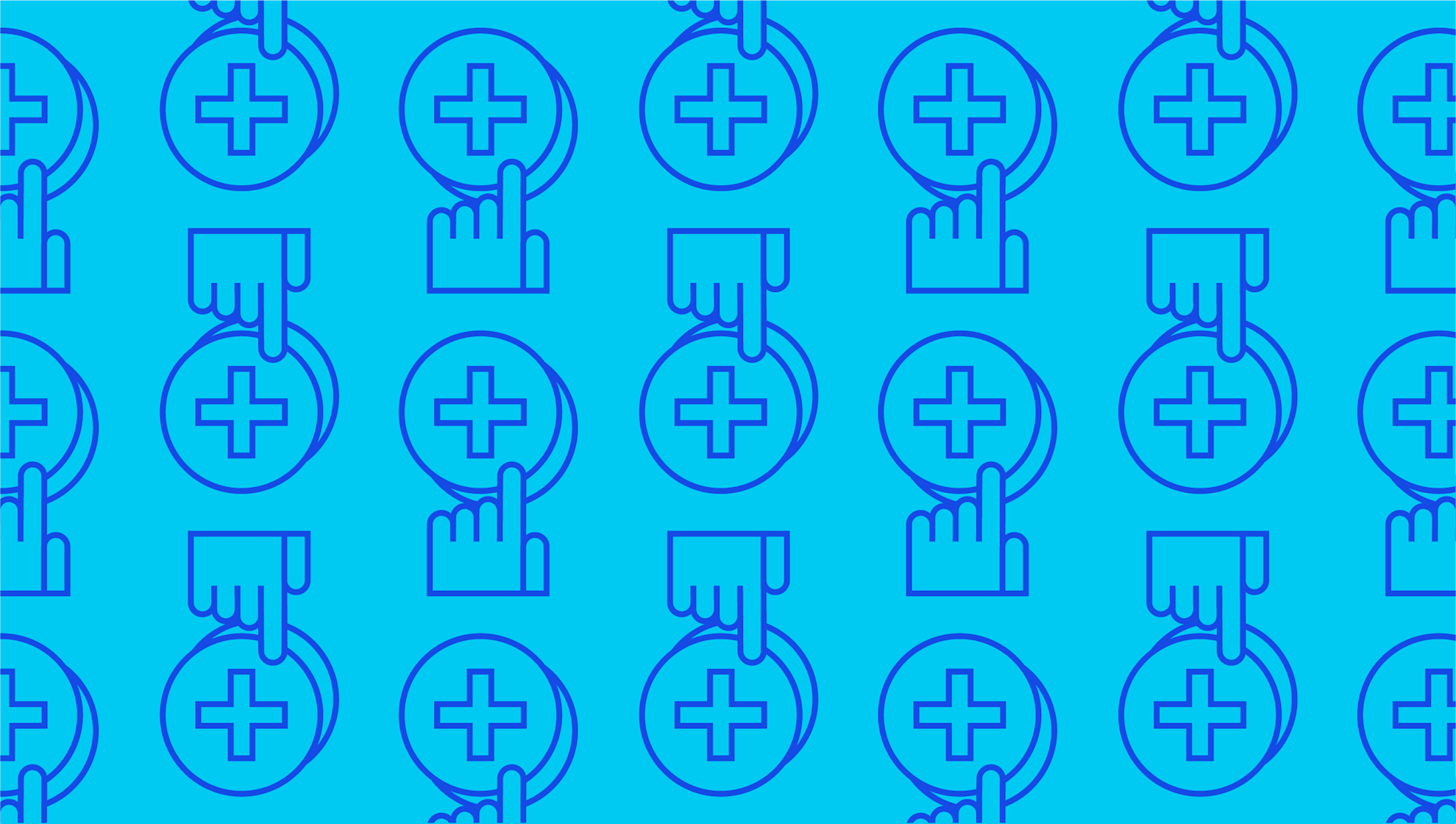
What Is a Profit Model in Forecasting?
Last editedApr 20222 min read
For the purpose of forecasting, some models are better than others. You might already be familiar with business models – but what is a profit model and how is it used in forecasting? A solid profitability model can help you adapt to changing situations while maximizing profit. We’ll discuss the different types of models and their uses in this guide.
What is a profit model?
Also called a profitability model, a profit model is a data-based financial prediction. By looking at metrics like sales, overhead costs, cost of goods sold, expenses, and liabilities, businesses can formulate a strategy for future profits.
To better understand profit models, it helps to first distinguish them from revenue and business models.
Revenue models: These describe a business’s strategy for generating sales, without taking costs and liabilities into account. While profitability models focus on generating profit, revenue models might focus more on business sales and growth.
Business models: A business model is broader in scope than a profit model alone. While profit models comprise one aspect of a business model, the business model will also consider additional factors like competition, market conditions, and product development. It’s more growth-oriented than profit models.
Common types of profit models
There are many different strategies to choose from when creating a profitability model. The best option will depend on the age of your business, your financial goals, and the depth of forecasting required. Here are three approaches to consider:
Historical profit models look at past growth rates to predict future profits. You’ll need to take historical profit figures and consider changing market conditions as well as potential future expenses.
Analytic profit models can be used by start-ups or in any situation where you don’t have relevant historic data on hand. For example, you might be entering a completely new market or rebranding with a new product. Instead of using past sales figures, you should use comparable data from similar products and markets for your modelling.
Market trend profit models consider the wider picture around you as a basis for analysis. Your model for profit could be based on data from competitors and the likelihood of certain trends impacting your sales. Examples could include cultural changes to customer outlook or new demands related to sustainability.
What should you include in a profitability model?
No matter the type of profit model you choose, there are a few key components that should be included for more accurate forecasting. These include basic financial metrics related to profit including:
Asset turnover ratio
Profit margin
Return on equity
You should also take a closer look at your primary and secondary revenue sources, pricing models, and market conditions. Take fixed and variable costs into account as well as all existing and potential liabilities. A customer profitability analysis is useful for profit-related forecasting.
Which profitability models are useful in forecasting?
There can be a substantial time lapse between product launch and profit, which should be accounted for in any accurate model. Some types of profitability models are better suited to short-term forecasting, and others to the long-term picture. For example:
Historical profitability models are best for businesses with a track record of stable profit and growth.
Trend-based models are better suited to situations where you can clearly observe and predict trends.
Analytic models will be better for forecasting in rapidly changing markets, where you don’t have access to concrete trends and historic data.
To choose the most appropriate model, you should consider your current and future operations, financial data from the past few years, and position in the marketplace. Choosing a tailored solution will ensure you’re able to take the needed steps to achieve greater profit.
We can help
GoCardless helps you automate payment collection, cutting down on the amount of admin your team needs to deal with when chasing invoices. Find out how GoCardless can help you with ad hoc payments or recurring payments.

